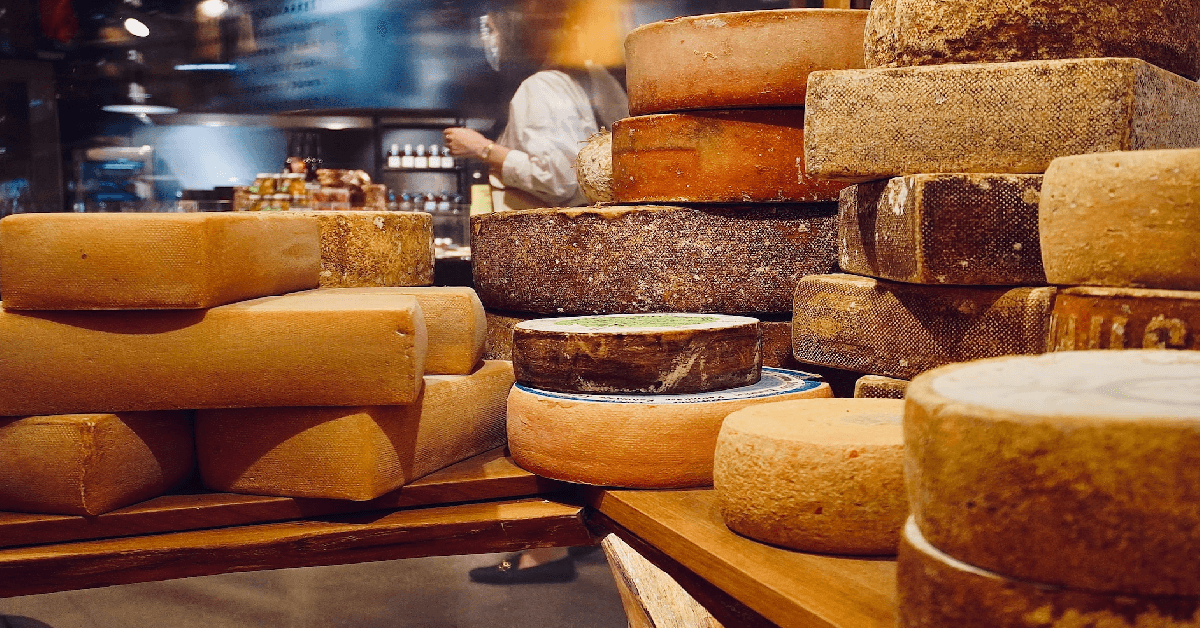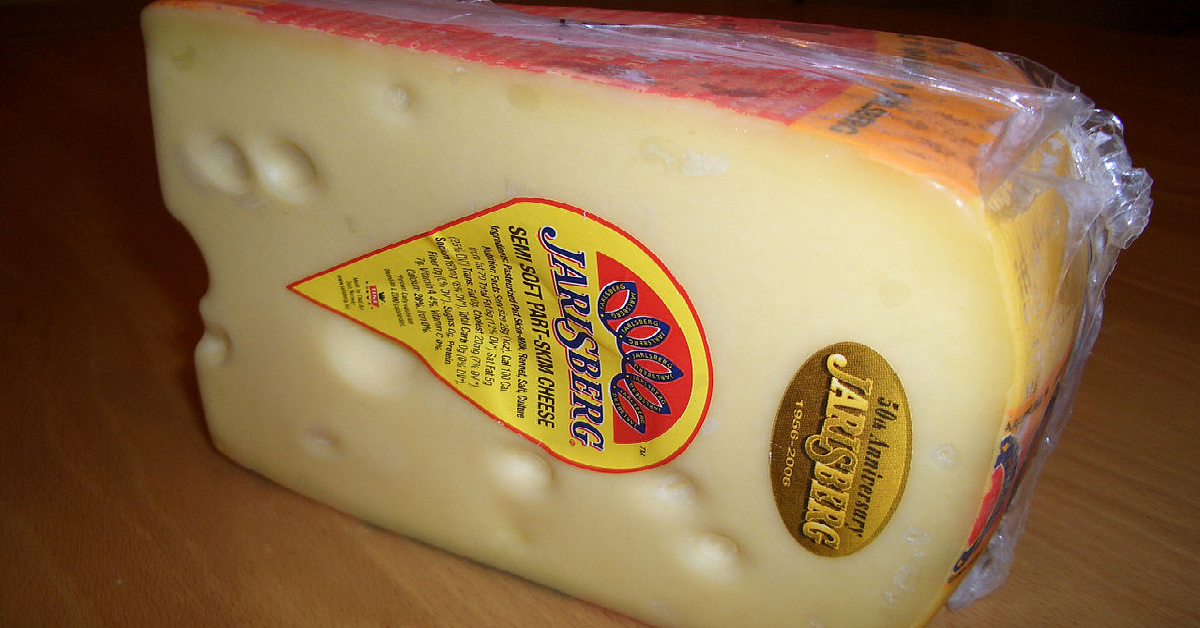We often look to science to help us make good decisions in life. Sometimes, we may even make adjustments in the way that we live according to the research and what the results happen to be.
It seems as if some new research has now pointed us in the direction that we should go if we are cheese lovers.

According to the research that was published in the Journal BMJ Nutrition Prevention, the cheese helps you grow strong bones and teeth and the potential is there for the cheese helping with osteoporosis and diabetes.
The mild Norwegian cheese is from Jarlsberg, a small town that has also named the cheese after it. Don’t get the idea, however, that you can scarf down as much Jarlsberg as you desire. It is only if you eat the snack in small portions that you will experience the bone-building benefits.

According to The Metro, one of the researchers, professor Sumatra Ray, said: “This study shows that while calcium and vitamin D are known to be extremely important for bone health, there are other important factors at play such as vitamin K2, which is perhaps not as well known.”
In order to declare this cheese healthy, they enlisted the help of 66 healthy women who were an average of 33 years of age. Every day, they were either fed 50 g of Camembert, which is devoid of vitamin K2, or they were given 57 g of Jarlsberg. The study lasted for six weeks.
They studied the protein levels in the subjects by using blood samples. Those who ate the Jarlsberg cheese had better results. They had an increase in K2 as well as evidence of stronger bone renewal.

On the other hand, the same indicators of the group that ate the Camembert were the opposite, with bone health indicators dropping slightly.
Jarlsberg also seems to be of benefit for the cholesterol numbers as well. Those who ate it saw a drop during the study. They also saw a 3% drop in their glucose levels.
On the other hand, the glucose went up about 2% in the Camembert group but then it dropped when they were switched to Jarlsberg.

The study is looking into the bacteria within the cheese that could produce the coenzyme DNHA. Former studies have shown it can help with bone tissue growth.
This study may make you want to eat some cheese, but Ray is saying you should take it for what it’s worth.
“This is a small study in young and healthy people … the findings need to be interpreted with great caution. It shouldn’t be taken as a recommendation to eat a particular type of cheese,” he said.













